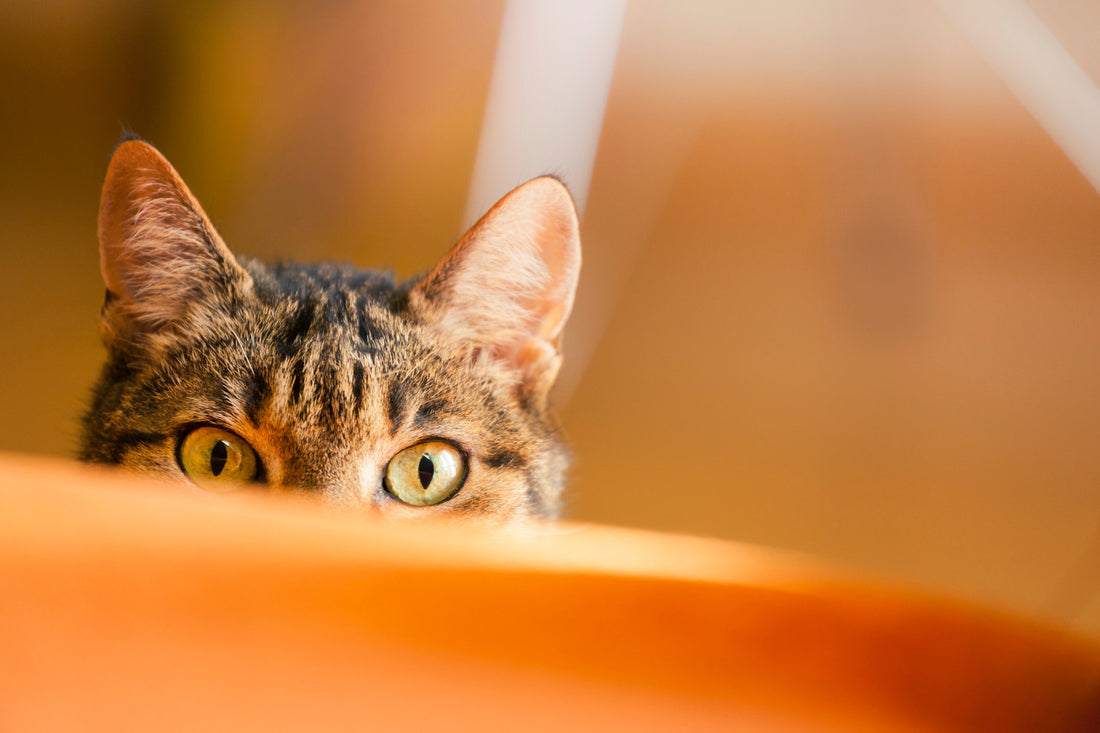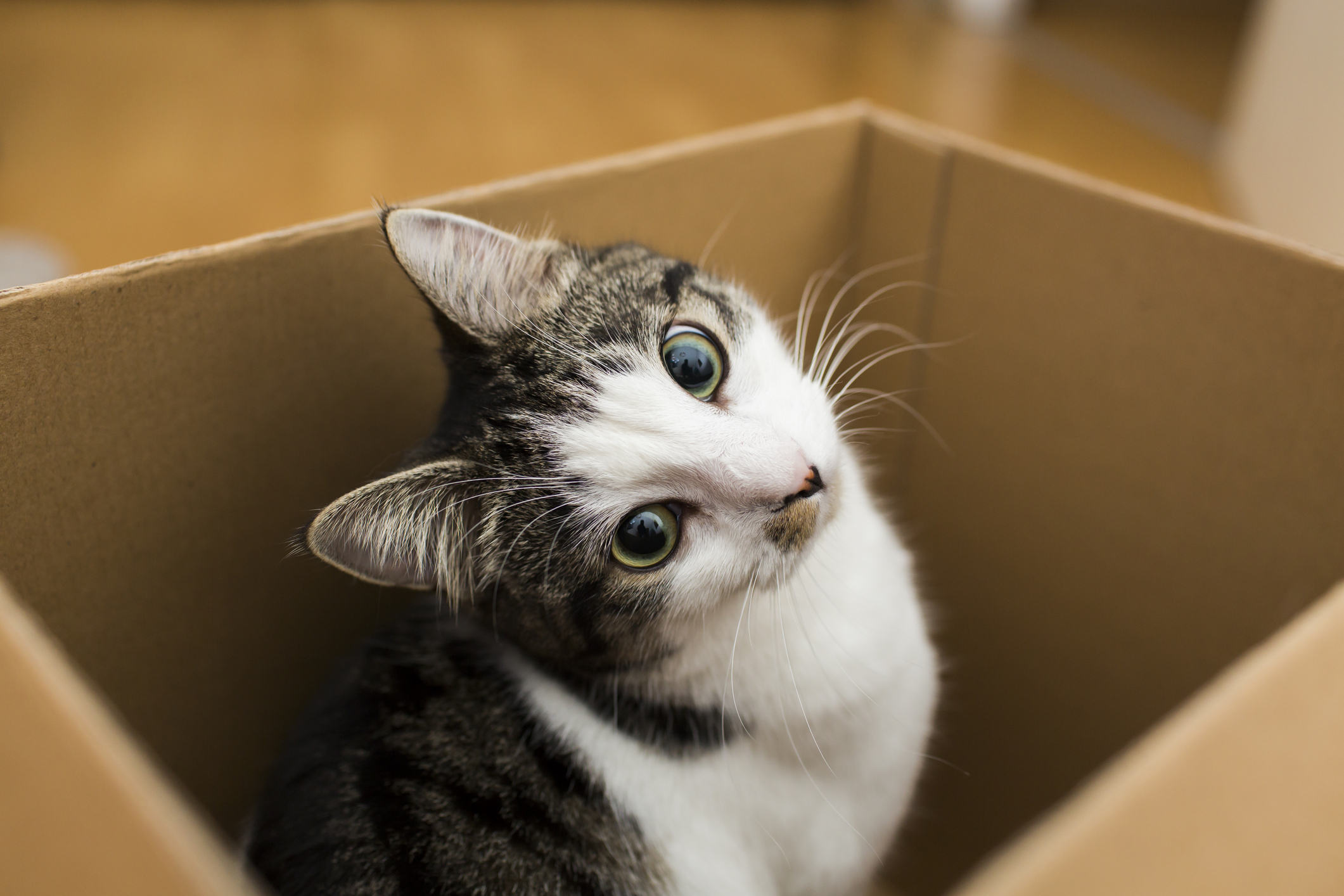
Watch Your Cat's Ears to Clue into Their #Mood
Dogs’ ears tend to get a lot of attention—their floppy, erect or generally expressive nature is easily recognized. However, cats’ ears are very similar! With 32 muscles in each ear and the ability to turn them almost 180 degrees, cats’ ears are extremely useful—and interesting—parts of their bodies.
Lacking the power of speech, cats must communicate with each other and us humans using vocalizations and body language. Their ears are critical communicators, each position with its own message to send.
If you haven’t been able to pin down your kitty’s moods lately, this is how your kitty might be feeling based on the position of his or her ears:
1. Happy or content
The position you’ll want to see your cat’s ears in the most is a neutral, relaxed, or content posture. When your cat is happy, their ears will be in a normal position atop the head, facing forward. They might tilt back slightly or turn outward just a little, but they’ll generally be sticking up without being too erect.
2. Scared
Kitties can get spooked easily by a lot of things. Whether they frighten themselves by catching a glimpse of their reflection in a mirror, hear a loud noise or are plagued by severe anxiety, their ears are likely to reflect their nervousness.
Fearful ears are often pulled back to lie flat against the head to the rear. From the front, they might not look like they have ears at all! In general, the flatter the ears are, the more scared your kitty is feeling.

3. Aggressive
Cats that are feeling aggressive will use body language to communicate that and give a warning to people and other animals. By picking up on this sign, in particular, pet owners might be able to save themselves or other household pets from injury.
Aggressive ear posture is similar to frightened ear posture in that that ears will be pulled down flat, but they are often turned outward from the side of the head instead of pulled back against the head. Some people refer to these as “airplane ears,” because they look like the wings of an airplane.
4. Curious
Cats love to investigate new things and hunt prey, and their ears can show you when they’re “on the prowl,” so to speak. Curious cats will typically have very erect ears that stand tall and face forward.
If your kitty is trying to observe more about their surroundings, the ears might stay erect but swivel from side to side in order to hear and gather more information. The ears might even flick around while your cat sleeps, helping it pick up on information around them as they doze.
Erect ears that face forward can also indicate that your cat is alert and ready to play!

Context is important!
Although it seems easy to determine how your cat is feeling by watching a particular body part like their ears, you need to remember that all cats are different and may be communicating something other than you expect.
To get a better read on your cat’s mood, pay close attention to the many other aspects of their posture and body language. For example, identifying signs of fear or aggression in the tail or eyes may change the way you perceive your cat’s super-erect ears.
The tail, eyes and overall posture of the body are all great indicators of your cat’s moods. When you add these things to your cat’s vocalizations, you should have a comprehensive look at how your cat is feeling at any given time!
Of course, remember that all cats are different and learn to communicate in their own special way. Therefore, you may need to observe your cat closely to learn more about their specific body language indicators and what they mean in relation to you and your other household members or pets.
Once you get a good read on your cat’s communication via body language, use this skill to your advantage and respect the way they are feeling. Don’t bother an agitated cat but give lots of snuggles to and play with a content or happy one. Knowing that you and your cat can speak without words is sure to strengthen your bond and help you provide love and care much more easily.


